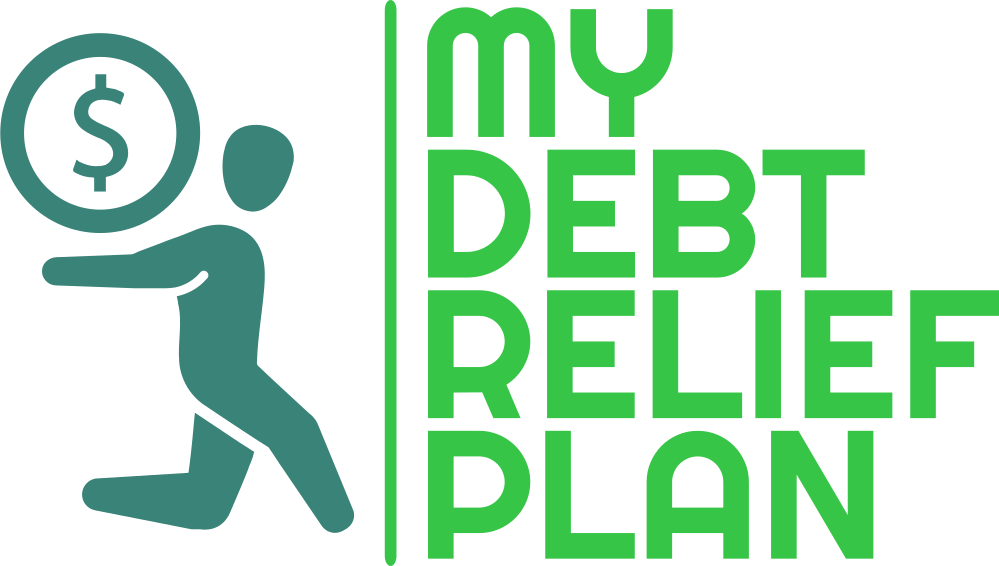How to Tackle High-Interest Debt: Effective Strategies for 2024
Are high-interest debts weighing you down? You’re not alone. As of 2024, millions of people are struggling with credit card balances, personal loans, and other high-interest obligations. But don’t worry; effective strategies are available to help you manage and reduce this debt. In this post, we’ll explore actionable steps to tackle high-interest debt and regain financial stability.

Contents
- 1 1. Assess Your Debt Situation
- 2 2. Create a Budget
- 3 3. Prioritize High-Interest Debts
- 4 4. Explore Debt Consolidation
- 5 5. Negotiate with Creditors
- 6 6. Utilize the Snowball Method
- 7 7. Consider a Debt Management Plan
- 8 8. Increase Your Income
- 9 9. Build an Emergency Fund
- 10 10. Stay Disciplined and Monitor Progress
- 11 Conclusion
1. Assess Your Debt Situation
Before diving into solutions, take a comprehensive look at your debt. List all your debts, including credit cards, personal loans, and any other obligations. Note down the balance, interest rate, and minimum monthly payment for each. This will help you understand the total picture and prioritize your repayment strategy.
2. Create a Budget
A well-structured budget is crucial for managing high-interest debt. Start by tracking your income and expenses to identify areas where you can cut back. Allocate any extra funds towards your debt payments. Tools like budgeting apps or spreadsheets can make this process easier and more effective.
3. Prioritize High-Interest Debts
When tackling debt, prioritize high-interest obligations first. This is known as the “avalanche method.” By focusing on debts with the highest interest rates, you’ll reduce the total amount of interest you pay over time. Continue making minimum payments on other debts while directing any extra funds towards the high-interest ones.
4. Explore Debt Consolidation
Debt consolidation involves combining multiple debts into a single loan with a lower interest rate. This can simplify payments and reduce the overall interest you pay. Look into options like balance transfer credit cards or personal loans with lower rates. Be cautious of fees and terms to ensure consolidation benefits outweigh any costs.
5. Negotiate with Creditors
Don’t hesitate to reach out to your creditors. Many are willing to negotiate lower interest rates or provide temporary relief if you’re struggling. Explain your situation and inquire about hardship programs, lower rates, or extended payment terms. Effective communication can often lead to better repayment conditions.
6. Utilize the Snowball Method
Alternatively, the “snowball method” involves paying off your smallest debts first. This approach can be motivating as you achieve quick wins. As you eliminate each debt, apply the freed-up funds to the next smallest balance. Over time, this method can build momentum and help you stay committed to becoming debt-free.
7. Consider a Debt Management Plan
A debt management plan (DMP) involves working with a credit counseling agency to create a structured repayment plan. The agency may negotiate with creditors on your behalf for lower interest rates or more manageable payment terms. While this can streamline the repayment process, it’s essential to choose a reputable agency and understand any fees involved.
8. Increase Your Income
Boosting your income can provide additional funds to tackle high-interest debt more quickly. Consider side jobs, freelancing, or selling unused items. Any extra money earned can be directly applied to your debt, accelerating your path to financial freedom.
9. Build an Emergency Fund
Having an emergency fund can prevent you from accumulating more debt in the future. Aim to save at least $500 to $1,000 initially, then gradually build it up to cover three to six months of expenses. This financial cushion can help you manage unexpected costs without relying on high-interest credit.
10. Stay Disciplined and Monitor Progress
Consistency is key when tackling high-interest debt. Regularly review your budget, track your progress, and stay disciplined with your repayment strategy. Celebrate milestones along the way to maintain motivation and ensure you’re on track to achieve your financial goals.
Conclusion
Managing and reducing high-interest debt in 2024 requires a strategic approach and commitment. By assessing your debt, creating a budget, and exploring options like consolidation or negotiation, you can take control of your financial situation. Remember to stay disciplined, seek additional income sources, and build an emergency fund to protect your progress. With these strategies, you’ll be well on your way to achieving financial freedom and peace of mind.
For more tips on managing your finances and staying debt-free, be sure to subscribe to our newsletter and follow our blog. Have any questions or personal experiences to share? Drop a comment below—let’s tackle debt together!


